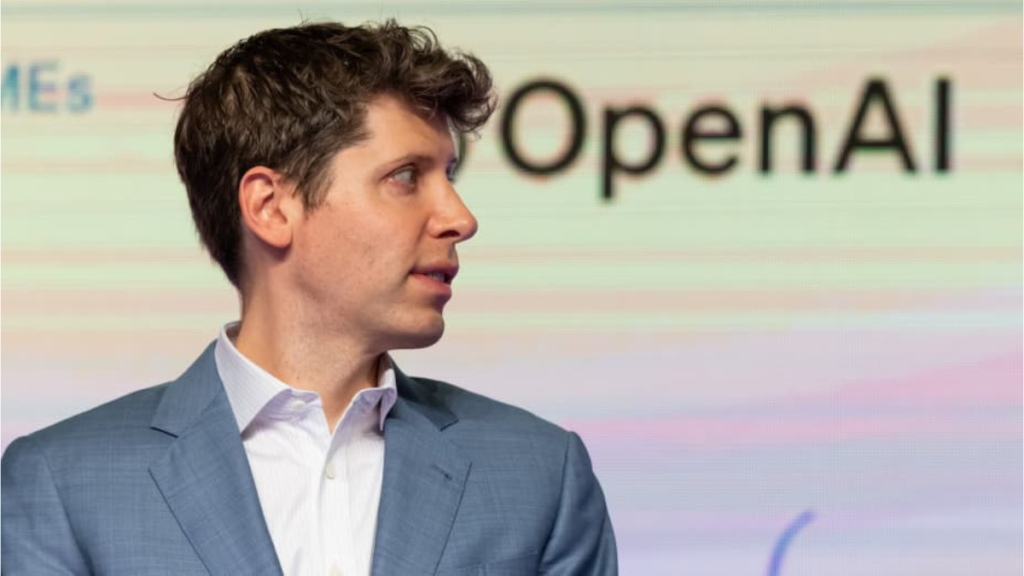In a surprising turn of events, Sam Altman has agreed to return as CEO of OpenAI, following his unexpected ouster, which caused discontent among employees and raised questions about the future of the AI giant. The announcement comes with significant changes to OpenAI’s leadership structure, including a new initial board chaired by Bret Taylor and the addition of Larry Summers. Altman expressed his anticipation of returning to OpenAI and emphasized the strong partnership with Microsoft, the company’s major financial supporter. The controversy surrounding Altman’s removal and reappointment remains shrouded in ambiguity, with OpenAI citing Altman’s lack of candor as a factor. The resolution appears to be a victory for both Altman and Microsoft, as Altman returns to lead the company he co-founded and Microsoft strengthens its influence over OpenAI. Microsoft CEO Satya Nadella expressed optimism about the changes to the OpenAI board, and Altman’s vision to rapidly deploy and commercialize AI tools seems to have prevailed.
Agreement in Principle
OpenAI revealed in a Tuesday post on X, the agreement in principle for Sam Altman to resume his role as CEO, highlighting the formation of a new initial board. Bret Taylor, former co-CEO of Salesforce, will serve as the chairman, and Larry Summers, former Treasury Secretary, will join the board, along with existing director Adam D’Angelo, the CEO of Quora. The details of this arrangement are still being worked out collaboratively.
Altman’s Perspective on the Return
In his own post on X, Altman expressed his anticipation of returning to OpenAI and emphasized building on the strong partnership with Microsoft, the company’s major financial supporter. Microsoft’s backing has played a pivotal role in OpenAI’s growth, particularly in the development of ChatGPT, the language model that has garnered significant attention in the AI community.
End of Days of Chaos
The announcement seems to bring an end to a period of chaos within the AI industry, marked by negotiations over leadership and operational strategies for OpenAI. The controversy surrounding Altman’s removal and subsequent reappointment remains shrouded in ambiguity, with OpenAI citing Altman’s lack of candor with the board as a factor.
Tensions within OpenAI
Sources familiar with the crisis revealed that tensions between Altman, advocating for more aggressive AI development, and members of the original OpenAI board, favoring a more cautious approach, were a key factor in Altman’s removal. The nature of these tensions underscores broader discussions within the AI industry regarding the pace of the race to develop AI technology.
Employee Revolt and Microsoft’s Role
Following Altman’s initial ouster, Microsoft swiftly announced Altman’s and Greg Brockman’s recruitment to lead a new AI research division within the company. However, this move triggered a massive revolt among OpenAI employees, who threatened to leave en masse if the board did not resign and reinstate Altman as CEO. The resolution appears to be a victory for both Altman and Microsoft, as the former returns to lead the company he co-founded, while the latter strengthens its influence over OpenAI.
The Winners and the Path Forward
Microsoft CEO Satya Nadella expressed optimism about the changes to the OpenAI board, considering it an essential step toward more stable and effective governance. Altman’s vision to rapidly deploy and commercialize AI tools also seems to have prevailed. Altman, who has publicly cautioned about the risks of AI, including during a Senate subcommittee hearing on regulation, has been pushing internally to bring products to market more quickly and make them profitable.
Conclusion
Sam Altman’s return to OpenAI as CEO brings a resolution to a tumultuous period for the company and the broader AI industry. The restructuring of the board, the support from Microsoft, and Altman’s commitment to responsible AI development signal a new chapter for OpenAI. As the dust settles, the industry will closely watch how Altman navigates the challenges and opportunities in the evolving landscape of artificial intelligence.







